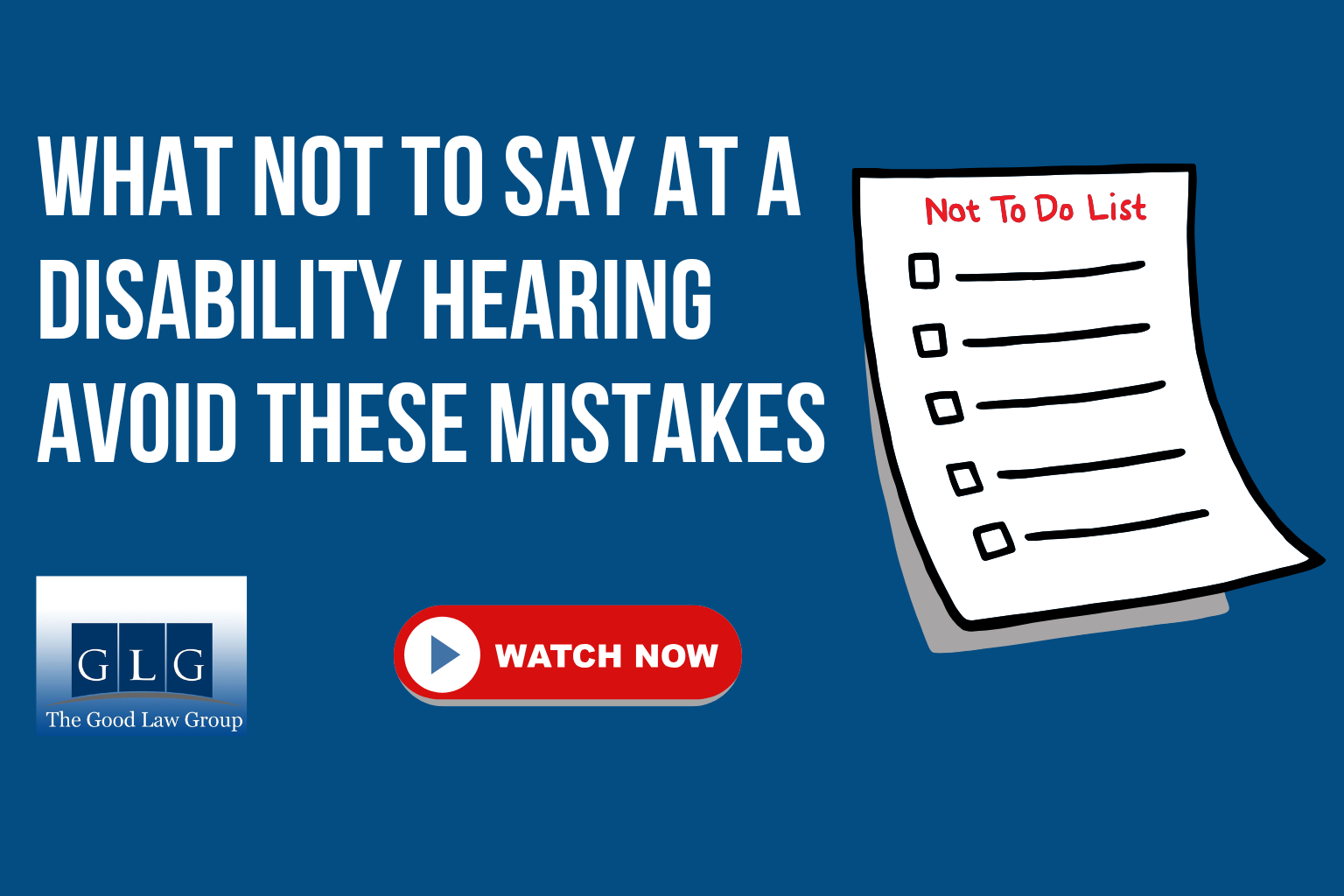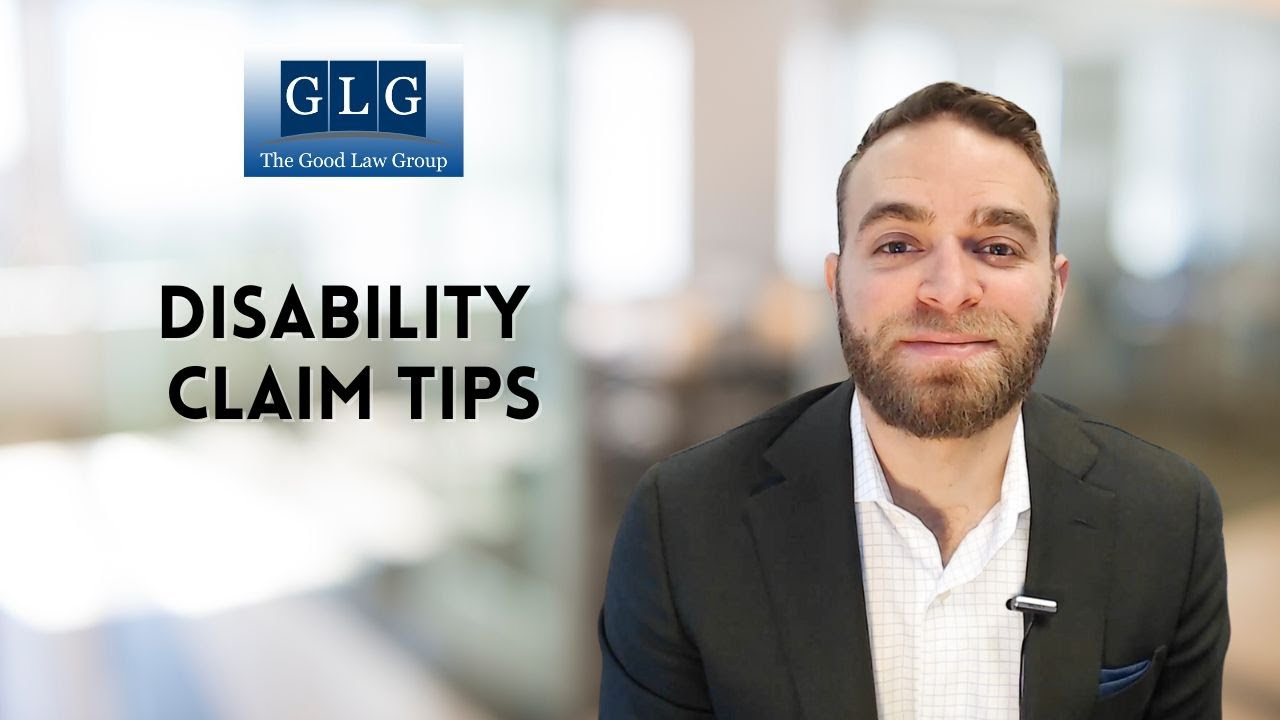You provided the Social Security Administration(SSA) with detailed medical records from your treating physician as part of your Social Security Disability application. The information contains a medical source statement, statement of diagnosis, medical and treatment notes, and laboratory tests and other imaging that supports your disability. Why then is the SSA requiring that you undergo a consultative exam? What exactly can you expect during one?
The Background on Consultative Exams During the SSD Process
The SSA requires recent information regarding your disability when evaluating your SSD benefits application. If the medical records you provided are more than 90 days old, the disability examiner will schedule a consultative exam for you in order to get more recent information regarding your condition. The exam is not optional – refuse to meet with the physician, and your application will be denied.
The SSA pays for the cost of each consultative exam. Exams can consist of a physical, lab testing (such as X-Rays, MRIs, CT Scans, or blood work), a neurological exam or even a psychiatric examination, depending on the nature of your disability. The disability examiner may also require that you undergo more than on exam. Again, none of these are optional, unless you want your application to be denied.
An independent physician who contracts with the SSA will perform the exam. While the physicians are not SSA employees, don’t be fooled into thinking that means they are on your side. Although they are not SSA employees, the SSA does sign their checks, which means that the exam begins with a bias against you and your claim of disability.
Understanding Consultative Exams
While the purpose of the consultative exam is to the give the disability examiner recent information regarding your medical condition and its effect on your ability to work, recent changes to SSA rules could give them greater importance to your disability case than ever before. Under the new rules, the deference formerly given to the opinion of an applicant’s treating physicians is eliminated; the opinions of the treating physician and the SSA’s medical experts are now given equal weight. The focus of the exam is on the persuasiveness of the medical opinions, specifically whether the medical evidence supports the opinion, and whether that opinion is consistent with other medical evidence.
While the changes apply to testimony by SSA medical experts, a disability examiner could choose to give the opinion of your treating physician and the physician who performed the consultative exam equal weight. In this case, the decision would rest on the persuasiveness of that opinion. Ordinarily that wouldn’t be cause for concern – your medical record will contain more than enough evidence to support your physician’s diagnosis, and prove more persuasive than the opinion of a doctor who has seen you only a handful of times, if even that many.
Where this could become an issue, however, is if you have received little to no treatment for your disability, or have not maintained regular appointments with your physician. In these cases, the disability examiner could find the opinion formed following the more recent consultative exam more persuasive than the opinion of your treating physician, who has seen you on an irregular basis.
That is why it is vital that you maintain regular visits with your treating physician, and that your medical record reflect that you are undergoing treatment for the disability. Consistent visits give disability examiners a more accurate picture of your disability and its impact on your ability to work, because it shows how it affects you over the long-term. The consultative exam, on the other hand, is merely a snapshot of your condition on a single visit – and if that one visit occurs on a good day, it may overshadow all the bad days and decrease the chance of being approved for SSD benefits.
How to Prepare for a Consultative Exam
How should you prepare for a consultative exam with a Social Security doctor? When you receive a letter from the Social Security Administration with instructions to see their doctor, remember that this is an opportunity for them to assess your physical problems.
Watch this short video to know what to expect from the consultation and make it happen as smoothly as possible.

Here are 7 tips and suggestions on how to prepare for the consultation:
-
- Compile a list of your disabilities. Make sure you communicate your most critical concerns.
- Bring a list of your medications. The doctor may ask about them during the consultation.
- Bring or use any assistive devices you have. These may include but are not limited to braces, walkers, crutches, or wheelchairs. Bring these to ensure an accurate evaluation of your mobility challenges.
- Consider having someone accompany you. Someone should be with you to witness the examination, as unexpected situations may happen.
- Do not let the doctor hurt you. There’s a part in the test where the doctor is supposed to examine your pain limitations. If you are seriously hurt in any way, document it and seek medical attention afterward.
- Don’t refuse to take the test. That will result in instant failure. You should still take it even if you suspect you may fail.
- Do not to take pain medicine. The point of the exam is to let the doctors know your limitations.
Are you thinking about applying for SSD Benefits or have you been denied? Consider the Good Law Group for your representation; Call #(847) 577-4476 today.









